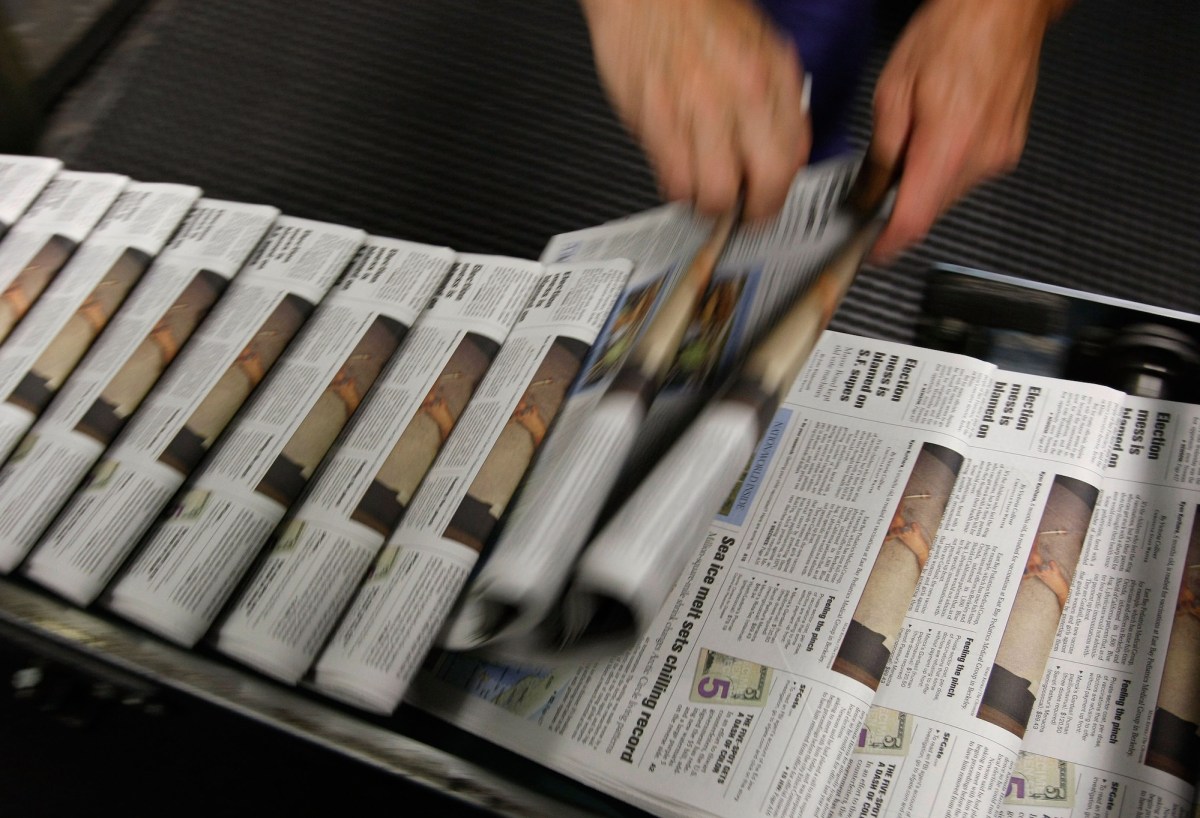How the death of cursive is complicating our elections
The death of cursive has become a problem for voters and election officials. Young people who vote by mail and were never taught cursive risk having their ballots tossed if the signature they sign on their mail-in ballot envelope doesn’t match the signature on file, which the state uses to verify their identity. That’s what happened in Nevada to some 28,000 voters on Election Day this past Tuesday. The voters have until November 12 to “signature cure” their ballots, or verify it’s their signature signed on the envelope. As Nevada Secretary of State Francisco Aguilar told The Washington Post, “more Nevadans than ever sign their names on digital screens that may look different than their pen-to-paper signatures,” especially young people who “may not have a set signature developed yet.” Cursive has been falling out of fashion for a while now, and it’s had a range of cultural implications. It’s prompted the federal government to seek volunteers who can transcribe historical documents written in cursive before it becomes as indecipherable to the average American as hieroglyphics. Cursive’s declining popularity has also prompted rebrands. Eddie Bauer retired its script logo, while in Maryland, Washington College changed its logo, which used George Washington’s signature, saying it “was difficult to read and not immediately recognizable for many prospective students,” and blaming the fact that cursive is no longer being taught universally in K-12 education. Nevada is one of 33 states plus the District of Columbia that lets voters know if their absentee or mail-in ballot has problems and allows them to “cure” them within a window of time after Election Day, according to the National Conference of State Legislatures. Still, more than 560,000 total ballots were rejected—typically due to minor errors—across the U.S. in the 2020 election. That’s about 1% of the vote. As the number of voters who’ve been taught cursive shrinks, the number of rejected ballots could grow. Election officials would be wise to start thinking about how to redesign the absentee and mail-in voting experience now for a future in which even more voters lack a consistent signature of their own.

The death of cursive has become a problem for voters and election officials.
Young people who vote by mail and were never taught cursive risk having their ballots tossed if the signature they sign on their mail-in ballot envelope doesn’t match the signature on file, which the state uses to verify their identity. That’s what happened in Nevada to some 28,000 voters on Election Day this past Tuesday.
The voters have until November 12 to “signature cure” their ballots, or verify it’s their signature signed on the envelope. As Nevada Secretary of State Francisco Aguilar told The Washington Post, “more Nevadans than ever sign their names on digital screens that may look different than their pen-to-paper signatures,” especially young people who “may not have a set signature developed yet.”
Cursive has been falling out of fashion for a while now, and it’s had a range of cultural implications. It’s prompted the federal government to seek volunteers who can transcribe historical documents written in cursive before it becomes as indecipherable to the average American as hieroglyphics.
Cursive’s declining popularity has also prompted rebrands. Eddie Bauer retired its script logo, while in Maryland, Washington College changed its logo, which used George Washington’s signature, saying it “was difficult to read and not immediately recognizable for many prospective students,” and blaming the fact that cursive is no longer being taught universally in K-12 education.
Nevada is one of 33 states plus the District of Columbia that lets voters know if their absentee or mail-in ballot has problems and allows them to “cure” them within a window of time after Election Day, according to the National Conference of State Legislatures. Still, more than 560,000 total ballots were rejected—typically due to minor errors—across the U.S. in the 2020 election. That’s about 1% of the vote.
As the number of voters who’ve been taught cursive shrinks, the number of rejected ballots could grow. Election officials would be wise to start thinking about how to redesign the absentee and mail-in voting experience now for a future in which even more voters lack a consistent signature of their own.






















